
Sophie Penkethman-Young’s Scroll Play
Sophie Penkethman-Young dives into the cursed, chaotic and charming depths of the online world to create inquisitive artworks exploring technology, the internet and capitalism with humour.
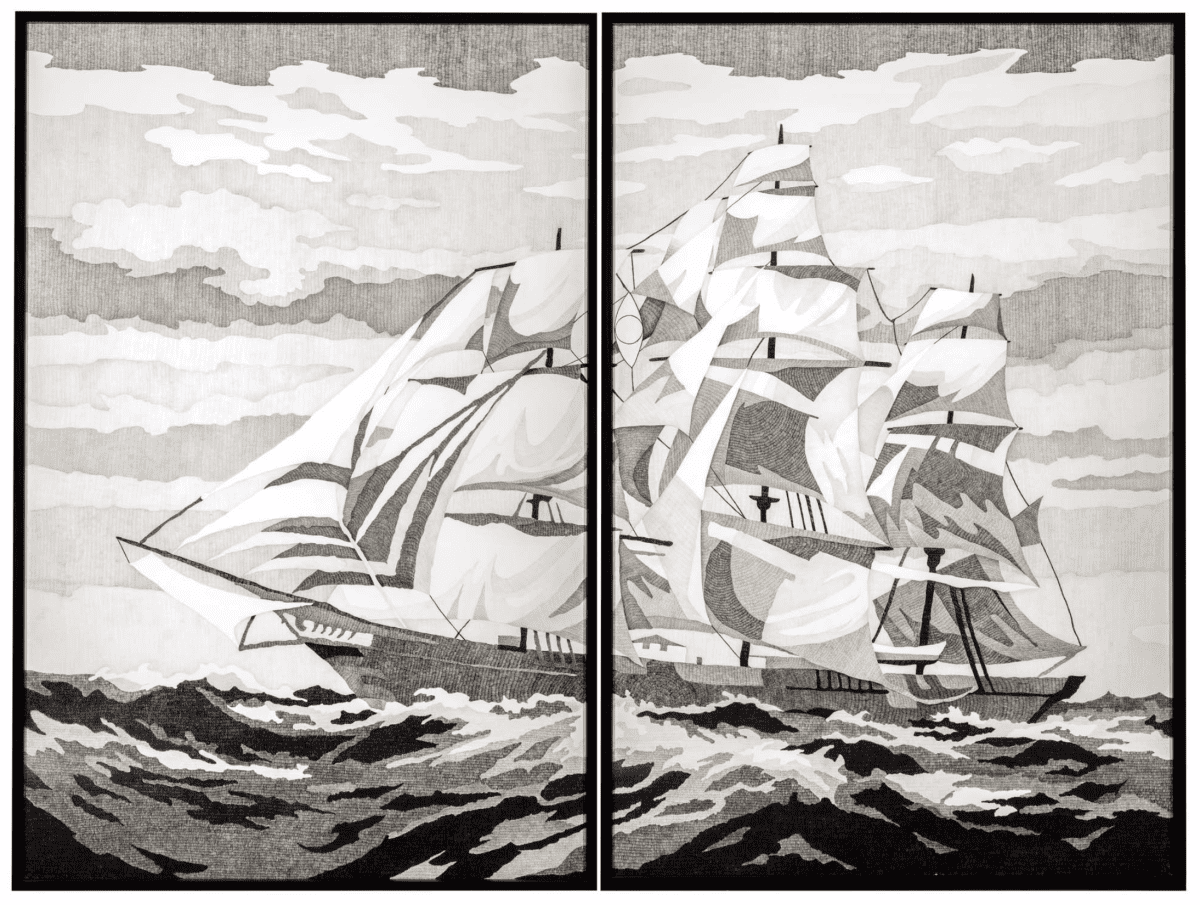
Laith McGregor, born Sunshine Coast, Queensland 1977, Nigh Night, 2013, Melbourne, pencil on two sheets of paper, 228.0 x 300.0 cm (overall); Roy and Marjory Edwards Bequest Fund 2014, Art Gallery of South Australia, Adelaide.
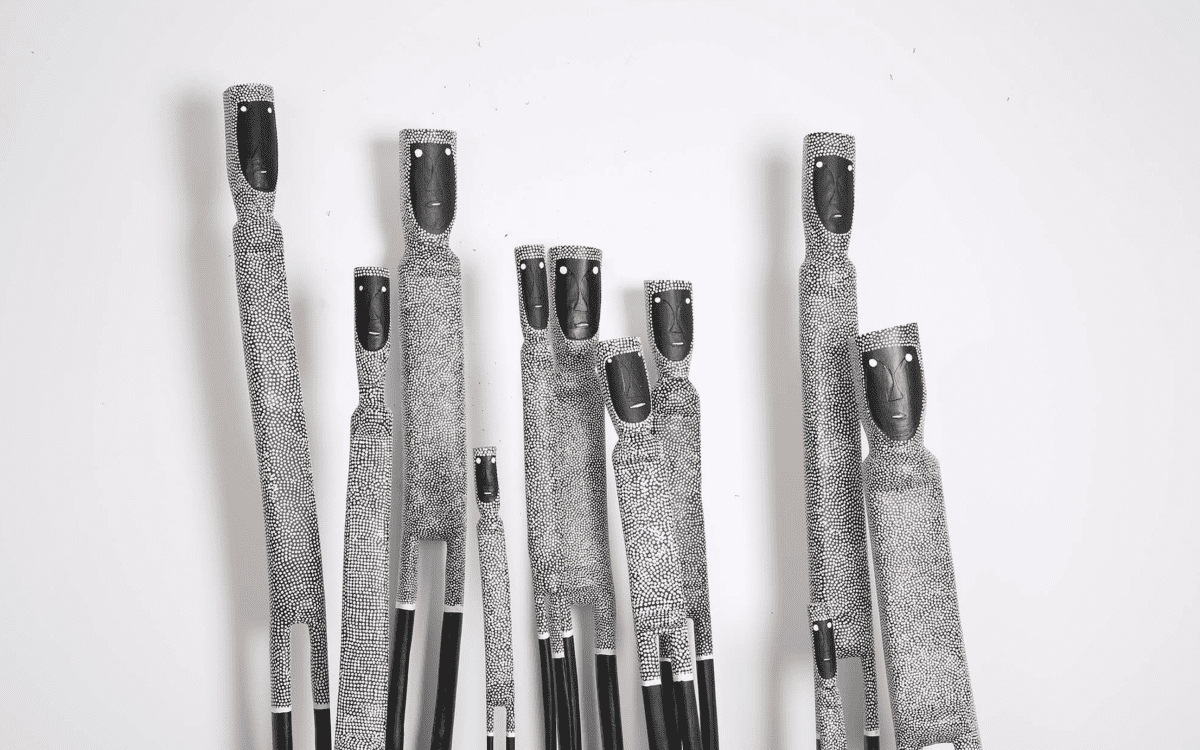
detail: Serena Bonson, Djowinge moiety and Djinang people, Northern Territory, born Miwirnbi, Arnhem Land, Northern Territory 1980, Warraburnburn, 2021, Maningrida, Northern Territory, earth pigments on stringybark, dimensions variable; Courtesy the artist and Maningrida Arts & Culture, Maningrida, Northern Territory, photo: Maningrida Arts & Culture.
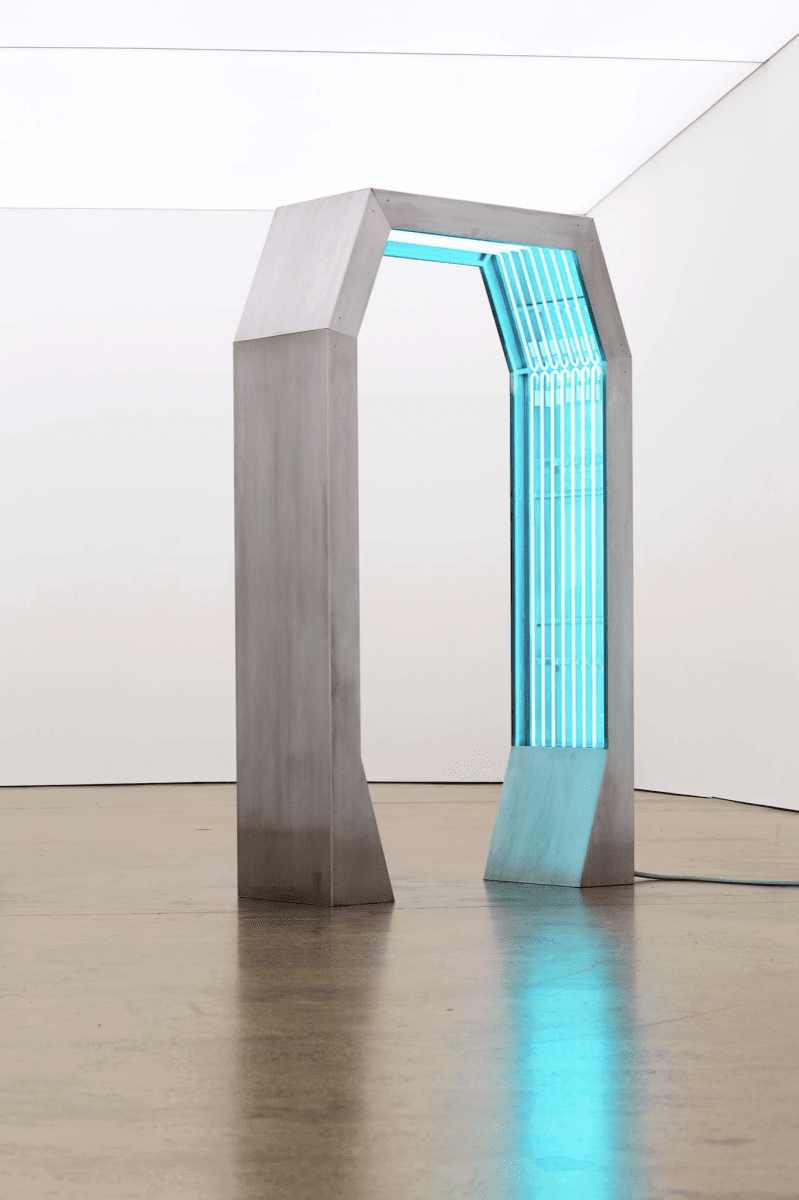
Darren Sylvester, born Sydney 1974, Transformer, 2021, steel, neon, transformers, animator unit, mixed media, 220 x 130 x 48 cm; Courtesy the artist and Neon Parc, Melbourne and Sullivan+Strumpf, Sydney.
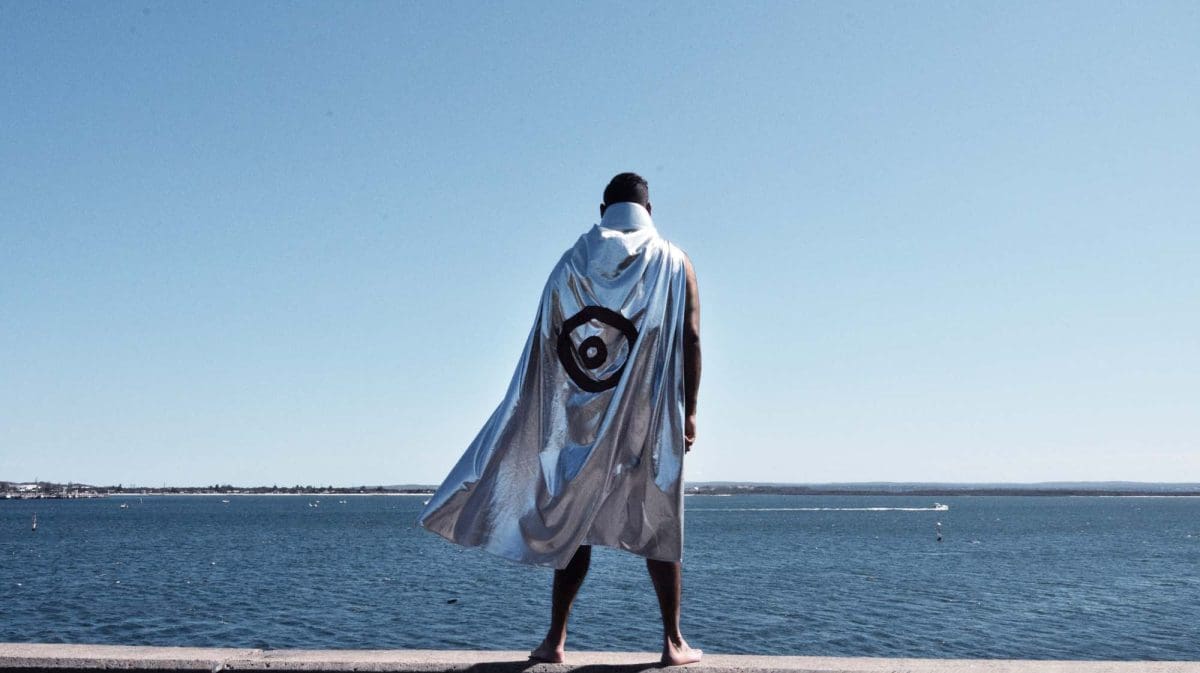
Dennis Golding, Kamilaroi/Gamilaraay, Untitled Botany Bay, 2018, photograph, 155 x 87 cm. Courtesy of the artist. Photograph: Jack Cook.
The nation is still grappling with its past so that Australians can be free to forge a future together, says the 2022 Adelaide Biennial curator Sebastian Goldspink. This sense of time is more complex than it seems, where the event’s works are both poetically and viscerally “informed” rather than “defined” by the current pandemic, as much as other tumultuous world events: Black Lives Matter, marriage equality, bushfires and environmental collapse.
Goldspink alighted on his Biennial title Free/State before seeing what most of the artists would produce for it, originally coining the theme specifically from South Australia’s “free settler” origins, which the state officially proclaimed in 1836 when South Australia became formed as a colonial settlement. The Biennial also engages with the notion that the state, both historically and today, can and does restrict freedom. “The one thing that unites all Australians is that we’re all displaced people, all of us,” says Goldspink. “Painfully, none more than Aboriginal people, displaced in their own land.”
Goldspink relied largely on his simpatico artistic mindset giving him confidence in what participants would produce: a decade ago, Goldspink created the artist-run platform ALASKA projects, working in tandem with artists to create exhibitions in unused or disused spaces. “I’m known as a curator who is really embedded with artists,” says Goldspink, seated in the new Woollahra Gallery at Redleaf in Sydney, where he is the coordinator. “I’m talking to artists, visiting the studios. Not academic and removed but right in the midst of things.”
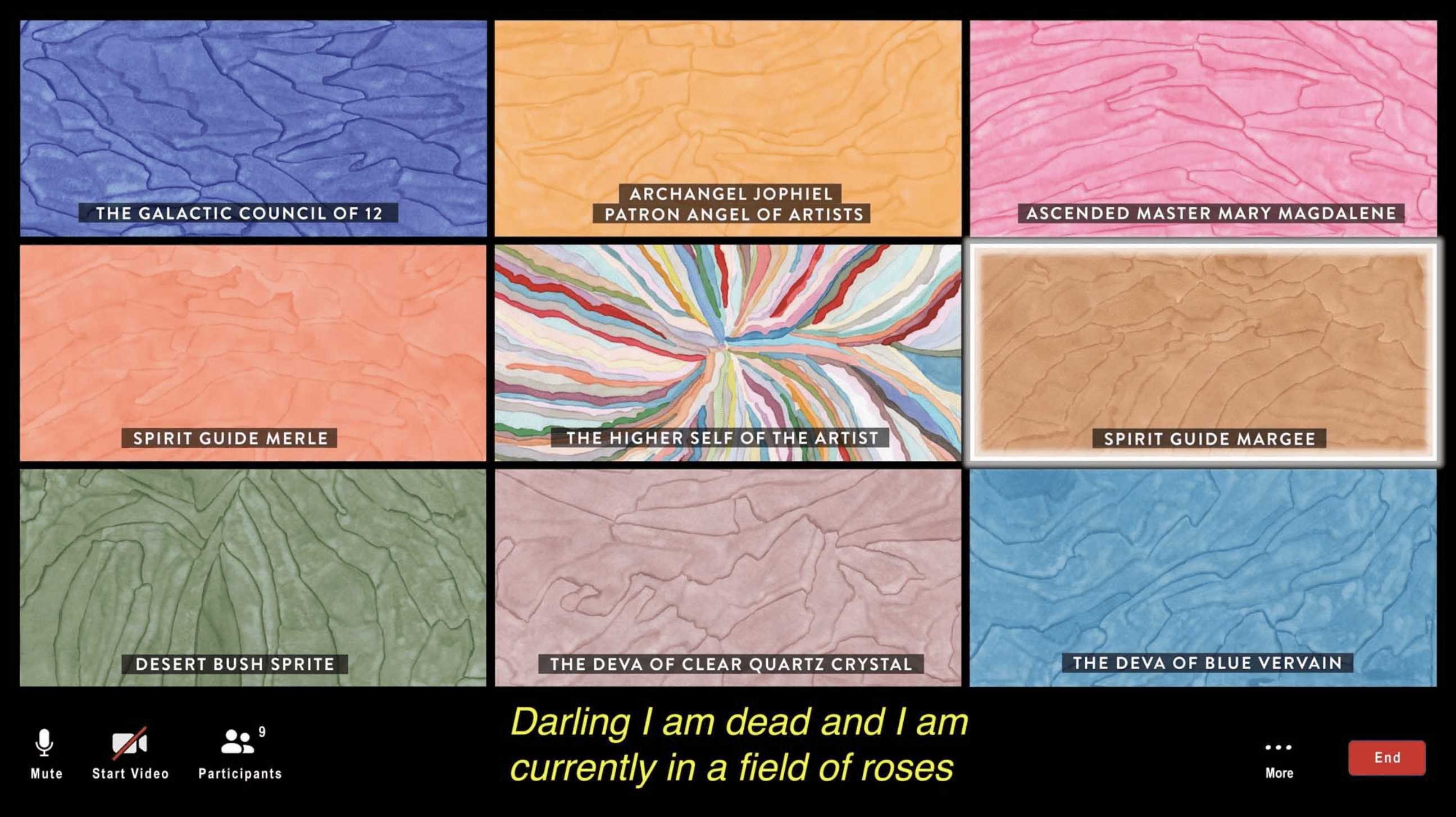
Goldspink has assembled some two dozen artists for the Biennial, both from senior and emerging artist ranks, in an intergenerational show. Created in the two-year footprint thus far of the pandemic, artists have taken imaginative leaps into futurism while addressing the tensions of shared black and white history. “I’m interested in the negativity of this period of time—sickness and death—but also, too, the positive aspects: for the artists, they’ve talked about how great it has been to have something in the distance to focus upon.”
The senior artists include Julie Rrap, Tracey Moffatt, and Angela and Hossein Valamanesh (the latter of whom sadly passed away in early 2022), whose practices were “probably on the periphery” to begin with in the 1980s, and then “drifted towards the centre”, says Goldspink. “There was a very male-dominated culture in Australian art at the time, and this idea of making art about identity or about the environment, these artists really championed.”
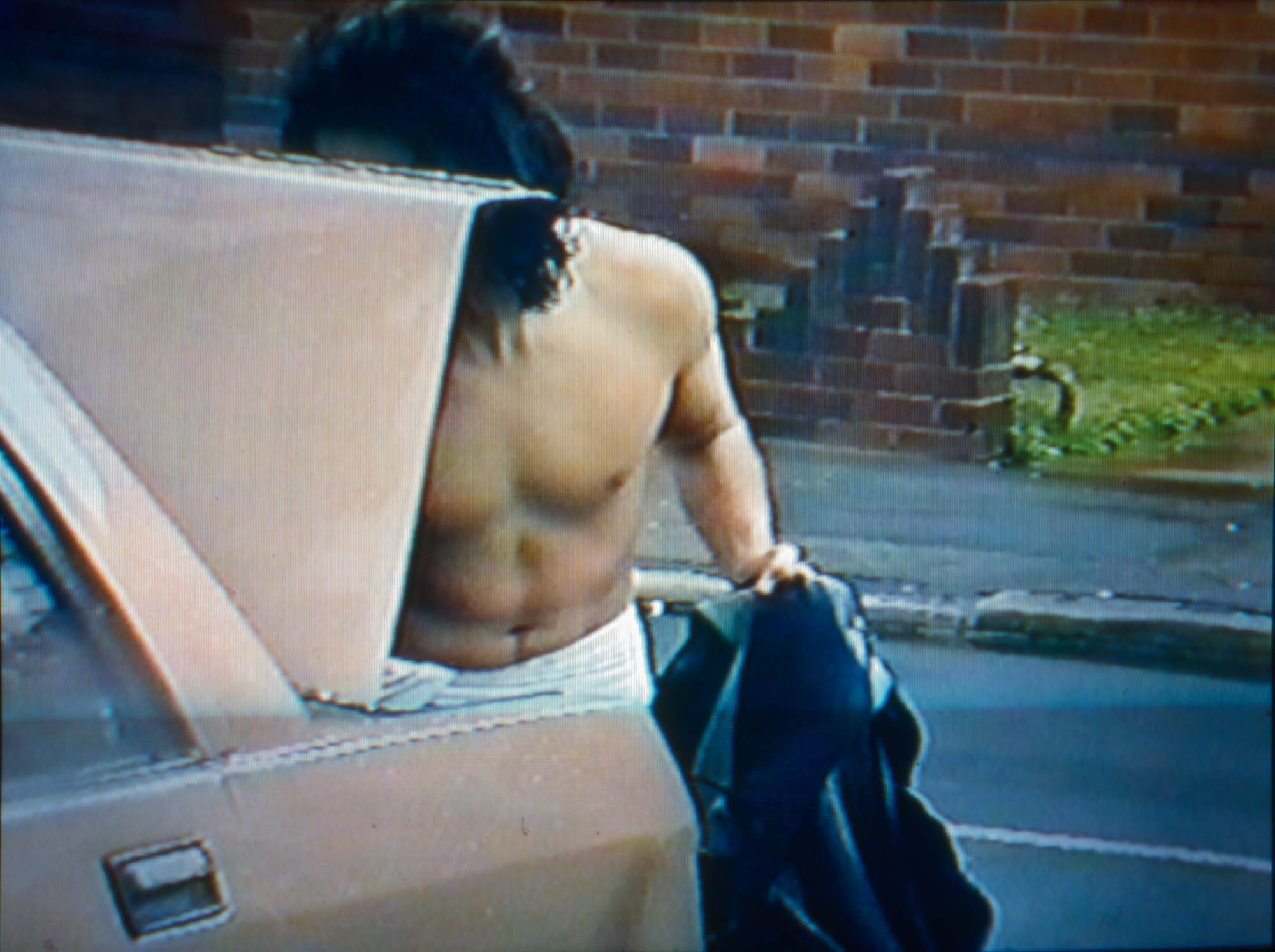
The Moffatt work is her 1997 short film Heaven, which turns the tables on traditional representations of desire, and was part of Moffatt’s international breakthrough show. It will be shown in a section of the Art Gallery of South Australia that explores the idea of transcendence into other worlds. “The work is still wild today,” says Goldspink. Meanwhile, Shaun Gladwell is presenting a new video work made for the Biennial, informed by lockdown in Melbourne and BMX and video game cultures.
Indigenous artists are strongly represented: Goldspink has championed the work of Dean Cross, a Worimi man though his paternal bloodline, since Cross held his first solo show with ALASKA.
In addition, Dennis Golding, a Kamilaroi man, presents his work related to growing up on the Block in inner-Sydney Redfern, focusing on the iron lattice trimmings of Victorian houses normally associated with colonialism.
Born in 1973, Goldspink remembers being taught little about Aboriginal history in school, while Captain James Cook was venerated as having “discovered” Australia. The politicisation of Gallipoli, pressed into nationalist service by former prime minister John Howard, came later. “I respect people’s right to be proud of that history—my great uncle was one of 56 Aboriginal service people at Gallipoli,” says Goldspink, who identifies as being of a mixed “Irish, Aboriginal [Burramattagal], convict” heritage.
“They’re only just being honoured now . . . both my great uncles fought in World War I, my grandfather, he fought in World War II. And you look at their [service] cards, and it reads ‘complexion: dark’, and they didn’t get the same benefits white soldiers got, weren’t allowed into RSLs.” There remains, explains Goldspink, “forces that try to suppress cultural expression because they know what a powerful force it is politically”.
This gets to an undercurrent of thoughts propelling Free/State, as “this process of trying to define our identity as we move to the future is a fundamentally important thing for Australia, defining what we are, and at the heart of that is reconciliation with Aboriginal people, because [without reconciliation] it constantly holds us back”, says Goldspink. “Certainly, in my lifetime, roughly the period post-1967 [when a successful referendum amended the constitution to count Indigenous people in the census for the first time, and for the Commonwealth to make laws for Indigenous people] there’s been great change, but a lot more needs to be done.
“A lot of the ‘facts’ we were told as Australian schoolchildren simply were not true. Captain Cook was not ‘the first European person’ to set foot on this continent,” continues the curator. “I remember an international curator said to me, ‘The fascinating thing when you work with Australia is you’re working with the world’, because of this amazing multicultural society with all these different voices. And I’m really happy to amplify those voices in the Biennial.”
Adelaide Biennial of Australian Art: Free/State
Art Gallery of South Australia
4 March—5 June
This article was originally published in the March/April 2022 print edition of Art Guide Australia.